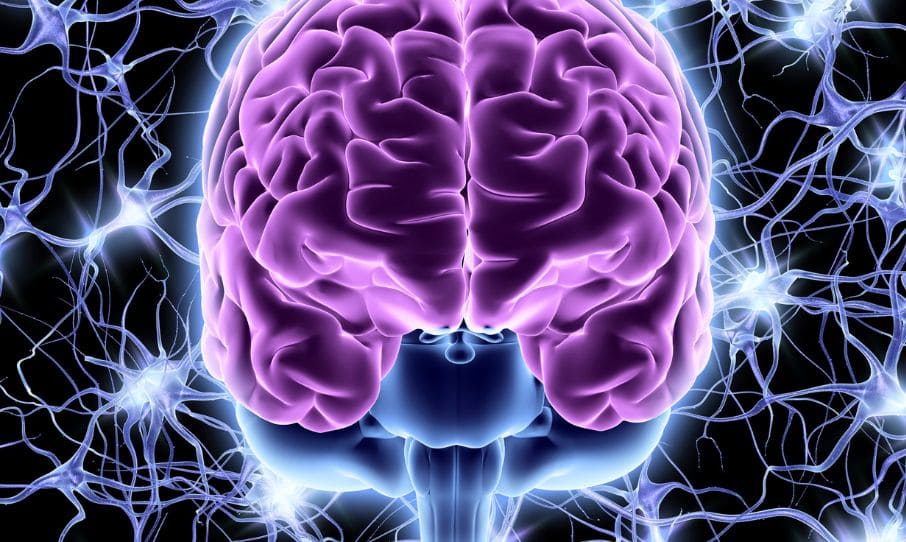A stroke can happen for a few reasons and constitutes a medical emergency. When a blockage or significant reduction in the blood supply to the brain occurs, it triggers an ischemic stroke, and the neurons (brain cells) are unable to receive the oxygen or vital nutrients they need from the blood, so within minutes, they begin to degenerate and die. A hemorrhagic stroke occurs due to bleeding that suddenly begins in the brain and then builds up, putting pressure on the brain cells and causing damage. The vast majority of stroke patients suffer from ischemic stroke (about 90%), with hemorrhagic stroke being less common.
The damage that can occur in an individual’s brain during a stroke can range from mild to severe and even cause death. The loss of brain cells can affect movement, language, memory, and pretty much every function of the body. The extent of exactly how a stroke will affect an individual will depend on which area of the brain suffers damage.
The Drawbacks Of Traditional Treatments
Stroke victims need immediate medical care to mitigate damage to the brain.
- One of the most common treatments is TPA (tissue plasminogen activator), but it is only effective if done right away. This special injection that is done to break up the blockage must be administered within three or four hours from the time the symptoms first started;
- Surgery to eliminate the blockage is sometimes done when the tPA alone is not sufficient to resolve the threat;
- After a stroke, different types of therapy, such as occupational, speech, and physical therapy can help patients regain some or all of their physical functionality;
- The patient may be prescribed medication to prevent a future stroke;
- Many injuries, disabilities, and damage to the brain can be permanent.
How Can Stem Cell Therapy Help With Recovery From Stroke?
The medical breakthroughs surrounding stem cell therapy are offering a source of hope for patients who have suffered a stroke. Stem cells can help replace neurons that were lost as a result of a stroke and, in turn, help restore or repair capabilities that were impacted. Functions such as movement, speech, and mental processes (cognitive) and provide a greater scope of recovery.
Benefits Of Stem Cell Therapy For Stroke Patients
- Stem cells are taken from the patient’s own body, so the treatment is personalized to them, and there is no risk of rejection (adipose from bone marrow or derived from fat);
- Stem cell therapy can be administered when other treatments would no longer be effective. Compared to tPA which is the most effective if done within four hours of the onset of symptoms, stem cell therapy may still be a viable treatment option as long as a few weeks after a stroke;
- Stem cells can release special substances known as neuropathic factors that promote the growth of new neurons and blood vessels to help enhance the brain’s built-in ability to create new connections.
How Are Stem Cells Introduced Into The Patient?
Stem cells can be delivered directly through the bloodstream or into the spinal canal. These methods have shown improvements in patients who have issues with speaking, movement, or muscle stiffness. In some cases, stem cells are delivered directly into the brain, which allows a larger number of stem cells to reach their intended target. This is a significantly more invasive procedure with elevated risks and is not suitable for all patients.
Find Out More About Stem Cell Therapy For Stroke Recovery
To learn more about how stem cell therapy can help you or a loved one after suffering a stroke, contact Scheer Medical Wellness. Dr. Alexandre Scheer, the medical director of Scheer Medical Wellness, brings to the table over 20 years of experience to benefit his patients. The New York-based center is renowned for its comprehensive range of cutting-edge services and is trusted by celebrities and athletes worldwide.


